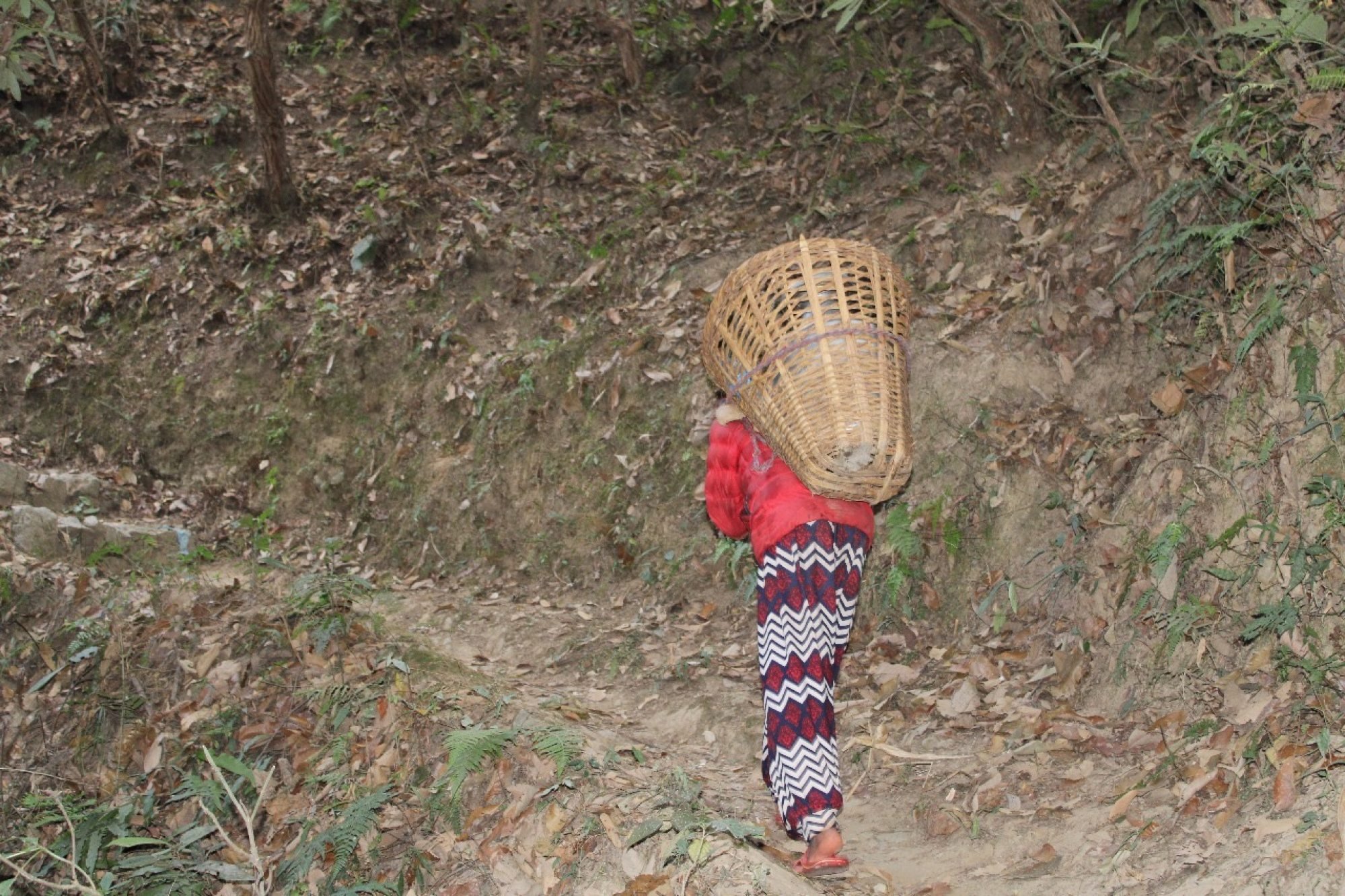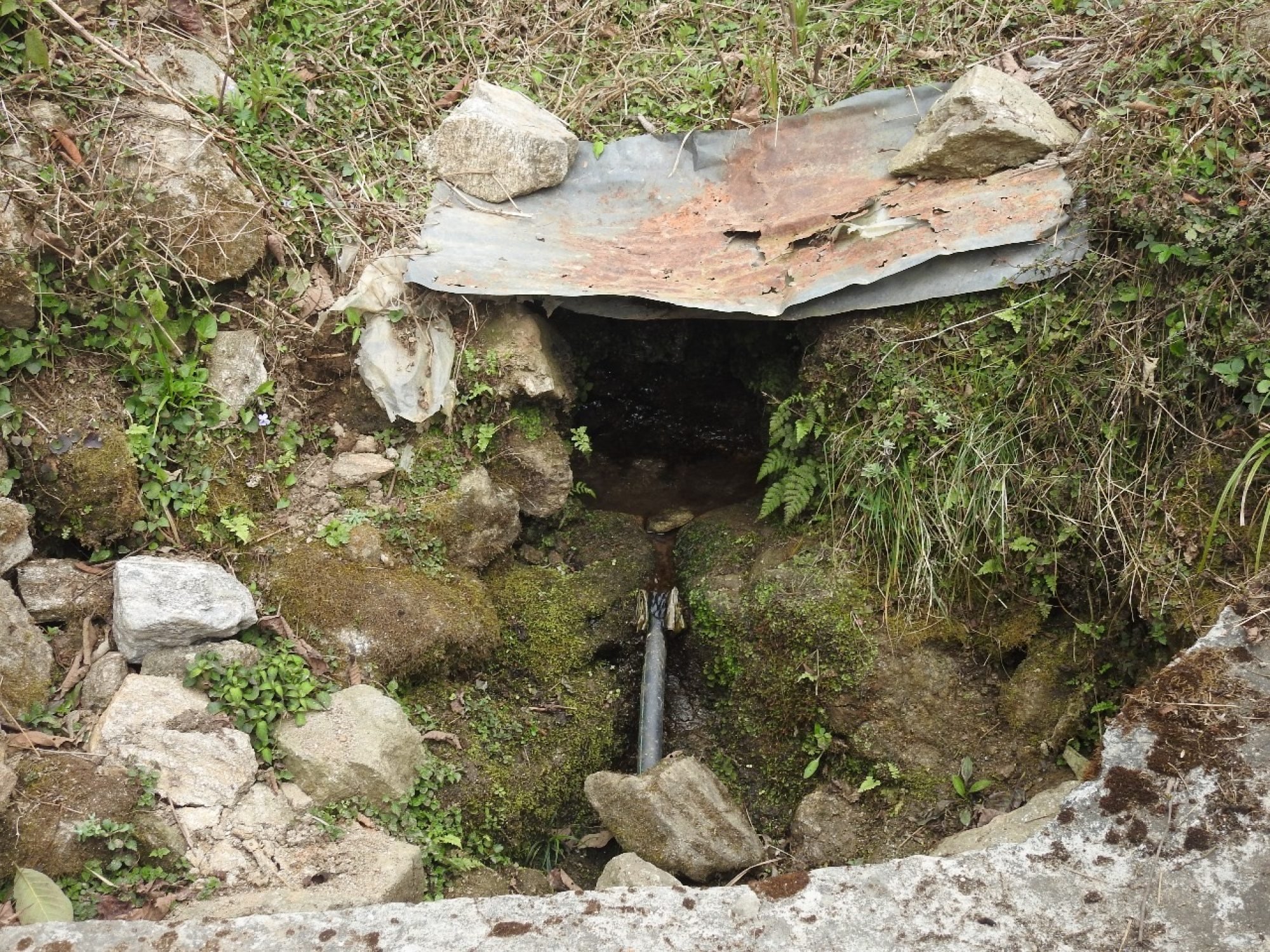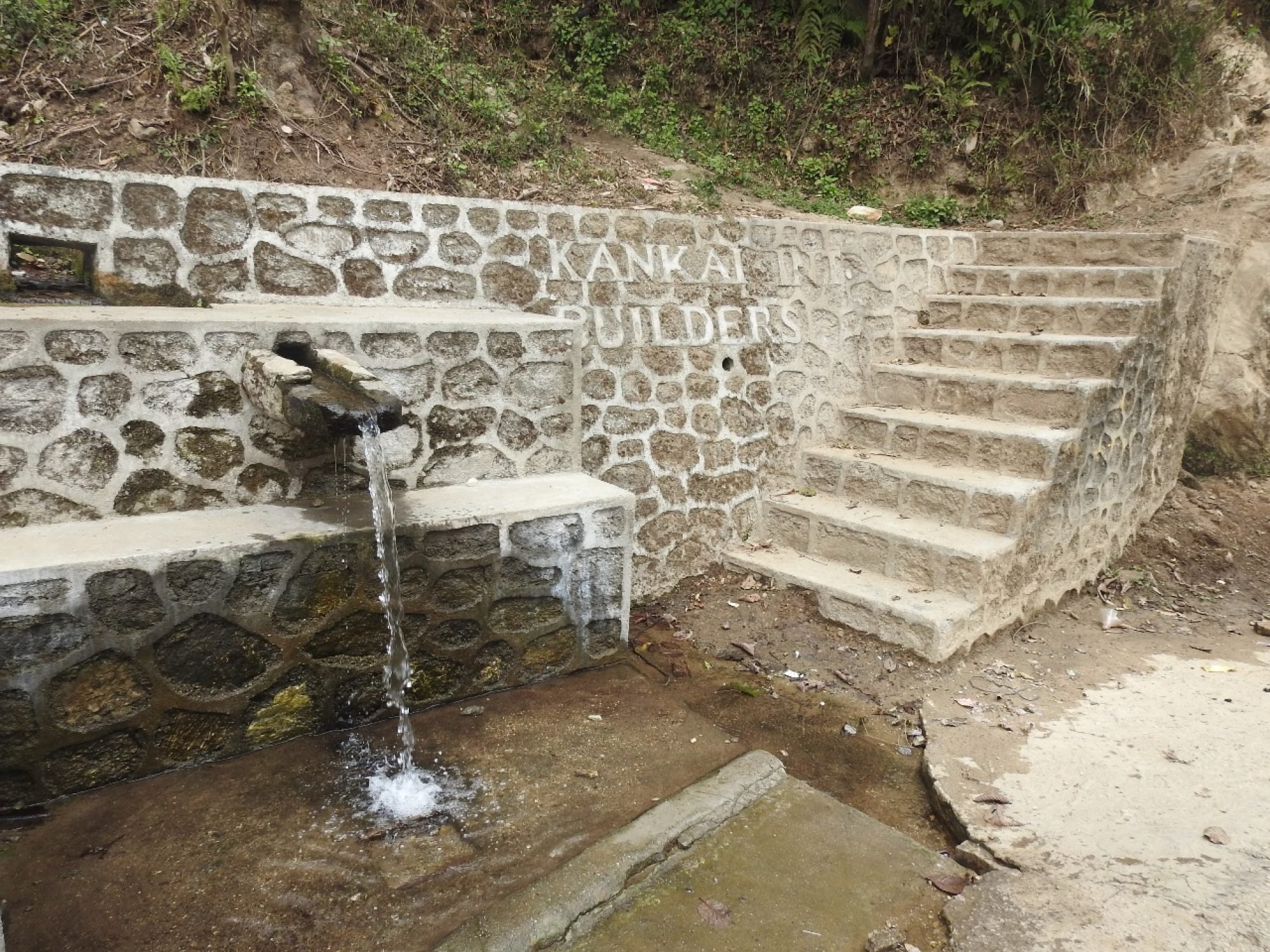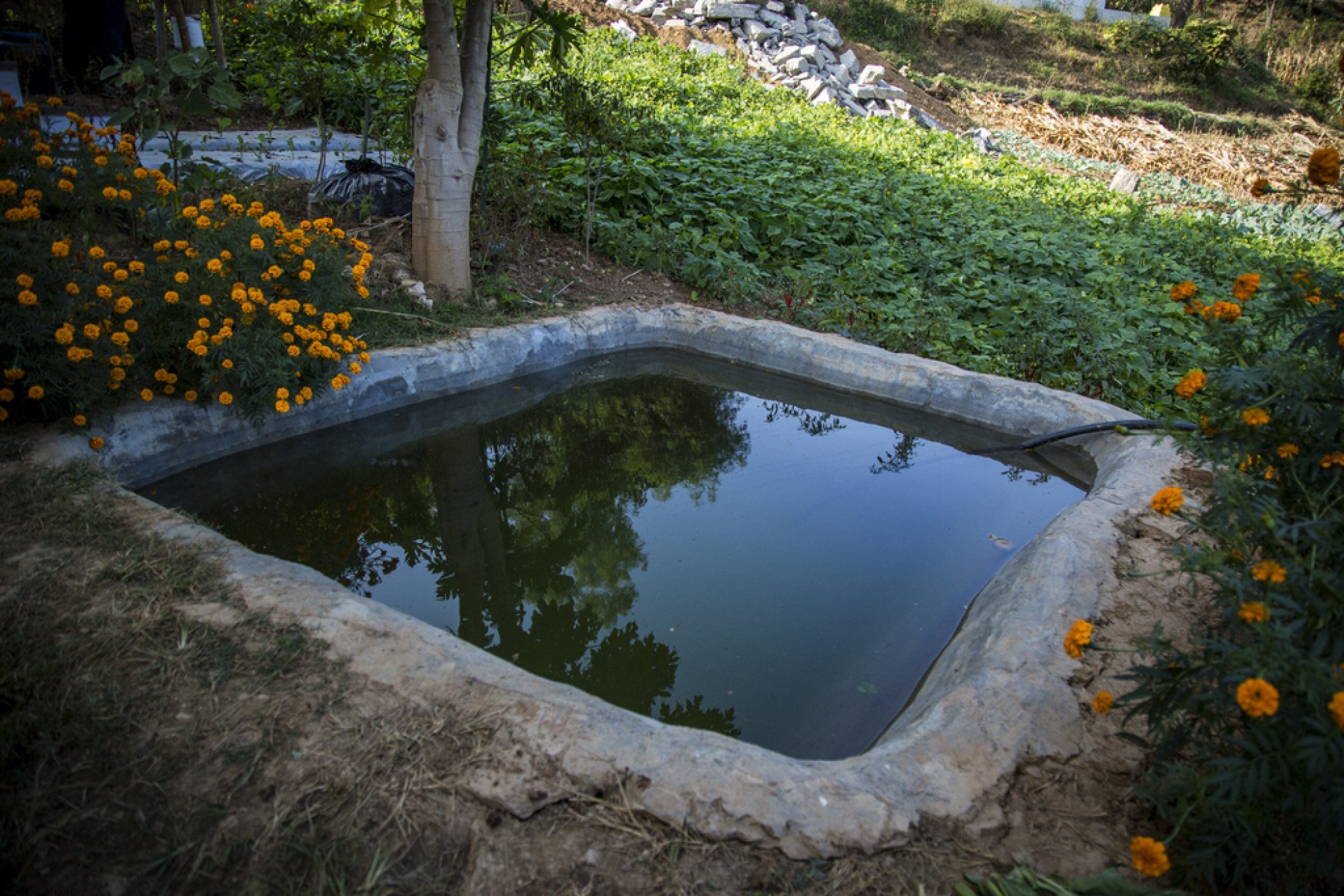Of the 306 local government units in 56 of the 77 districts surveyed for the study, 74 per cent said the springs in their municipalities had dried up, resulting in water scarcity and even outmigration.
Springs are natural water discharges that emerge when pressure in groundwater pushes the water onto the earth’s surface. They are important as a source of water for drinking and irrigation in Nepal’s hills and mountain regions, as well as for keeping the rivers flowing during dry season.
Researchers say the dying spring phenomenon is most prevalent in Nepal’s Chure region, which covers nearly 13 per cent of the country’s land area, followed by places in the mid-hills and mountains. They found that road and infrastructure construction, earthquakes and climate change were the main culprits for the dried or dead springs.
“It is an important issue in Nepal because they are one of the main water sources, but most of the research is being done on rivers and lakes,” Bhumika Thapa, lead author of the study, tells This Week in Asia. “There is a big gap in government policies. Springs have been ignored in our country.”

Issues at hand
In Kavrepalanchok’s Namobuddha municipality, where Banjh Pokhari is located, 20 per cent of the 444 springs have dried up, with water discharge declining in many others, according to a 2023 survey by the International Centre for Integrated Mountain Development.
Thapa, a former researcher at the non-profit Nepal Water Conservation Foundation, says construction and infrastructure development in one village could affect springs in other nearby areas due to underground geology.
For example, a religious Buddhist site, Namobuddha, has seen an influx of construction to cater to the growing number of tourists who come for hiking and the views of the Himalayas, while a road expansion project connecting Kathmandu with eastern Nepal as an alternate route started in 2020.

Smriti Gurung, who teaches aquatic ecology, biodiversity and conservation biology at Kathmandu University, says while rapid urbanisation, deforestation, landslides and groundwater extraction cause springs to dry up, climate change could aggravate the issue, which people “often fail to acknowledge”.
“Less precipitation can prevent or reduce the rate of percolation, resulting in failure to recharge springs,” she said. “Excessive and unpredictable episodes of precipitation on the other hand can cause watershed erosion, flash floods and excessive water discharge in rivers temporarily followed by lack of base flow which again can hamper recharge of springs.”
Changing weather patterns have affected Nepal’s rainfall, with the country last year reporting its eighth-lowest annual precipitation – 91.2 per cent of normal precipitation in 2023 – since 1981, according to data from the Department of Hydrology and Meteorology’s climate division. There was below normal precipitation in nine out of 12 months in 2023.

Both Gurung and Thapa say such erratic rainfall affects groundwater recharging and ultimately water discharge in the springs.
Gurung says while dried up springs could lead to soil degradation, crop insecurity, drinking water scarcity and frequent droughts would result in concentration of pollutants affecting the water quality.
In Banjh Pokhari, locals like Ghatane are already witnessing the consequences first-hand.
Ghatane says the lack of springs has affected farming and cattle rearing, with some locals in the area having to move due to water scarcity. Thapa’s research showed that 7 per cent of the 306 local government units surveyed reported communities were displaced due to availability and quality of spring water.
“But it affects women and children more,” Ghatane says. “Women need to go further to fetch water, and sometimes when children go to fetch water, they end up missing school.”

Community conservation
In Banjh Pokhari, community leaders like Ghatane are now making an effort to not just raise awareness but also jump into action to protect their springs after attending trainings programmes through various environmental organisations.
Over the past years, her community has made a recharge pond, designed to help recharge groundwater, around areas used for the newly constructed roads. Ghatane says they are also planting more trees around springsheds, which are the areas that contribute groundwater to springs, and collect a monthly fee voluntarily from locals to organise awareness programmes.
“The recharge pond now is the water source for 150 people in my community – that’s our achievement,” she says.
According to Thapa, the ponds help recharge groundwater after the rainy season in about a year’s time, with water starting to flow from the springs in the following years.

Meanwhile, the Namobuddha local government has also stepped in to help conserve its springs, investing around 2.2 million rupees (US$16,580) in its annual budget towards spring conservation since last year, says Santosh Kafle, the municipality’s environment officer.
The municipality has also started a “one ward, one pond” campaign in its 11 wards in an attempt to recharge groundwater for the springs.
“Many people extract groundwater through deep boring, which will only deplete it,” Kafle said. “It is not a sustainable approach. Building these ponds and conserving traditional natural water sources would benefit the entire community.”
Nepal villagers step up efforts to save cancer-treating yew trees
Nepal villagers step up efforts to save cancer-treating yew trees
Gurung believes that safeguarding the springs requires a coordinated effort from all stakeholders, as well as scientific knowledge, active community participation and good governance. She adds it is also important to map springs and spring sources, and assess their water quality.
However, Thapa says Nepal lacks such data and currently does not have specific policies regarding the management and conservation of springs, though several local governments and communities have been constructing recharge ponds to preserve the springs.
“If you are developing policies and laws, you need to have proper information in that area,” she says, noting that the government should start by documenting the status of springs in every municipality.
“But if people do not have that, on what basis are they going to make the law? If you do not know the impact of those issues, what will you address?”

